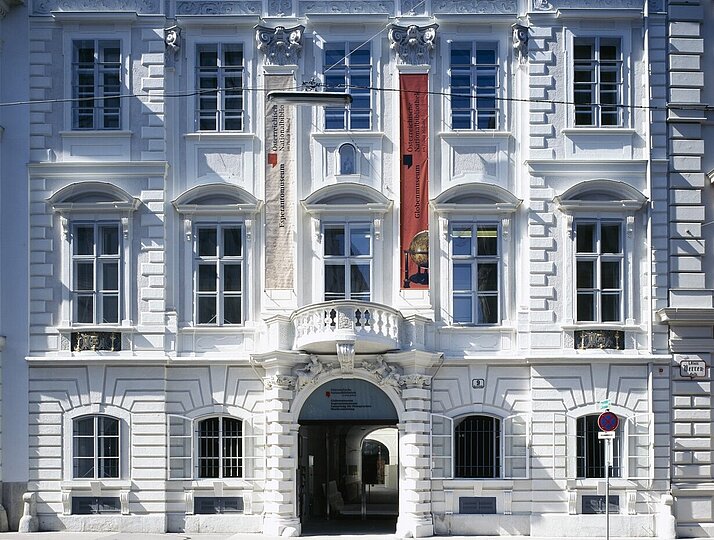Do you speak Esperanto?
The Esperanto Museum at the Austrian National Library is one of the world’s oldest language museums and one of the most important institutions of its kind. It collects and presents a range of different media and objects on the subjects of Esperanto and interlinguistics. The museum is closely linked, in terms of its subject matter, administration and location, to the Department of Planned Languages in which a total of around 500 planned language projects are documented.
The history of the Esperanto Museum
- Established by Court Counsellor Hugo Steiner in 1927 and originally located at Annagasse 5 in Vienna's first district, the Esperanto Museum was soon annexed to the Austrian National Library and solemnly opened in 1929.
- Following its closure by the Gestapo in March 1938, it was reopened in the St. Michael’s Wing of the Hofburg (presidential palace) in 1947, soon after the war had ended.
- In 2005, the Esperanto Museum and the Department of Planned Languages moved to the newly modified Palais Mollard at Herrengasse 9 in Vienna.
You can find more information in the House rules.
Planned languages – languages created specifically according to defined criteria
- After previous attempts in the Middle Ages, the first projects for planned languages were developed in the 17th century. Prominent individuals dedicated themselves to this subject, including Johann Amos Comenius (1592–1670), René Descartes (1596–1650), John Wilkins (1614–1672) and Gottfried Wilhelm Leibniz (1646–1716).
- The need for intercultural understanding grew particularly from the 19th century onwards in line with the increase in international relations. Initiators of so-called international auxiliary languages searched for a solution by creating a language that can be used in every day life and is as easy to learn as possible.
- The first planned languages spoken by a larger language community were Volapük (1879), published by Johann Martin Schleyer (1831–1912) and Esperanto (1887) initiated by Ludwik Lazar Zamenhof.
- Numerous planned language projects are currently born every year that are primarily published and disseminated via the Internet, the availability of which has also driven an increase in the number of people speaking Esperanto in recent years.

